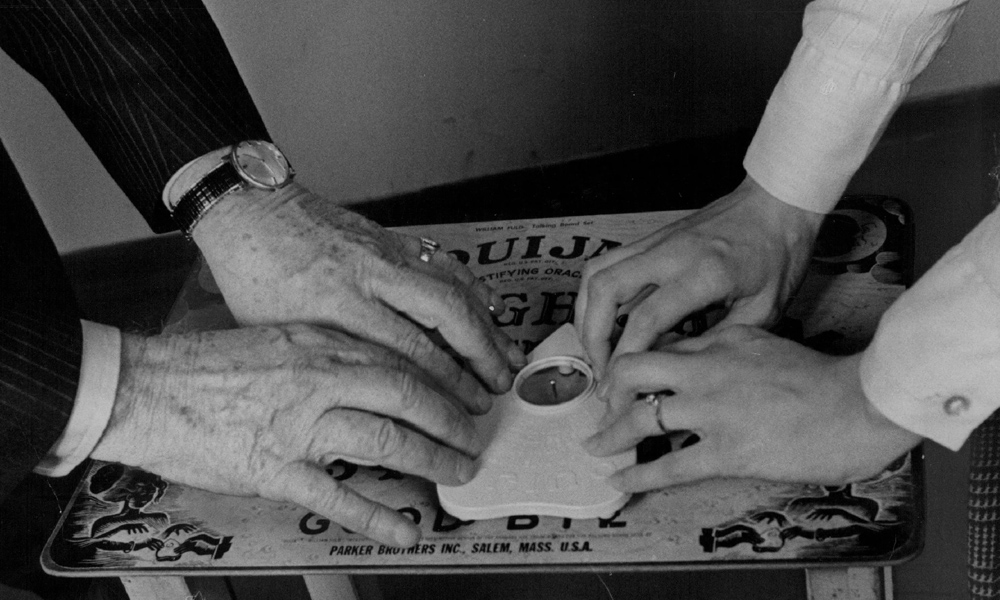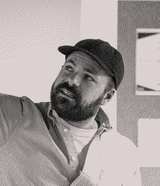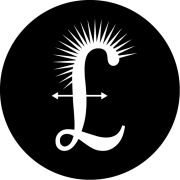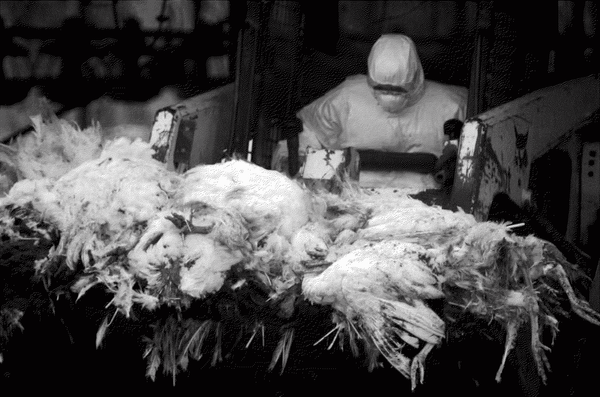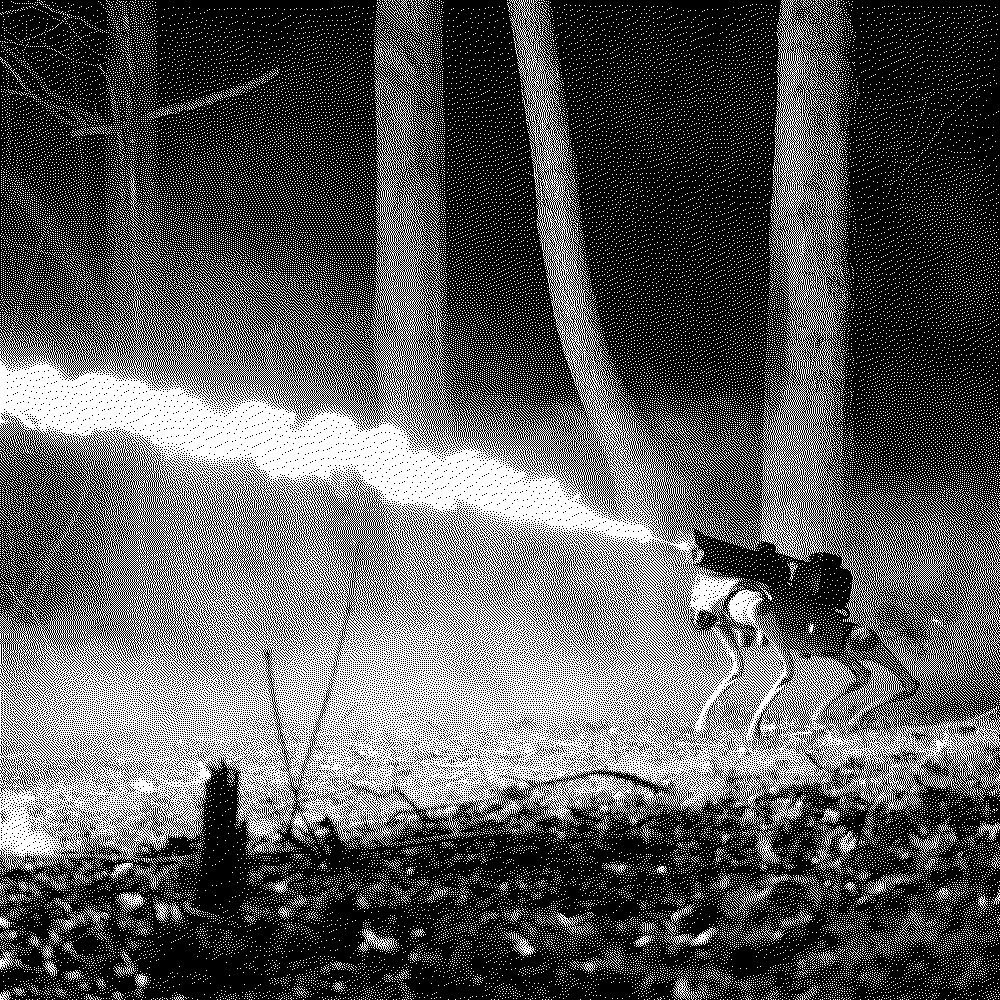Corporate Capitalism 101
Our economic circuit, brick by brick

Maybe it's because I just had a second kid this year... I'm really obsessed now about how to explain complex things in the most simple way. Maybe using Lego or an Ouija board?
Brett Scott proposes a Lego series to illustrate the intricate web of our economic system, breaking it down into seven thematic sets. And
It includes a Starter Pack to represent state institutions, a Finance Edition to showcase banking and investments, and sets for Managers, Workers, Suppliers, and Consumers. Each set reveals how these elements interconnect to form the backbone of corporate capitalism:
1. State Support: Corporate capitalism heavily relies on state institutions, debunking the myth of a purely free market.
2. Corporate Personhood: Legal constructs grant corporations personhood, allowing them to act independently.
3. Finance Dynamics: The roles of shareholders and creditors in fueling corporate operations are crucial.
4. Managerial Control and Worker Contributions: Managers strategize while workers create value, illustrating the human element in corporations.
5. Supply Chains and Consumer Relations: These elements highlight the complex, interconnected nature of production and consumption within capitalism.

On his side, Berlin-based philosopher Bini Adamczak suggests to use an Ouija board to intuitvely explain the market's invisible hand in his book "Communism for Kids":
"The Ouija board illustrates pretty well how life works under capitalism. As a matter of fact, the people playing the game are pushing the magically moving glass all by themselves, although not one of them could do it alone. The glass moves only because people act together rather than separately. But they don’t even notice they are cooperating. Their own cooperation happens secretly, behind their backs, so to speak. If those people instead consciously came together to think collectively about what they actually wanted to write, then the outcome would probably be very different. At least, there wouldn’t be any uncertainty about who wrote the text, that’s for sure. With the way things stand now, though, the text seems to be written by an invisible hand. And since no one can explain how it happened, they believe it was an alien power, like a spirit — or specter."
